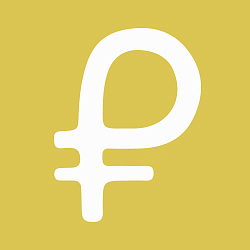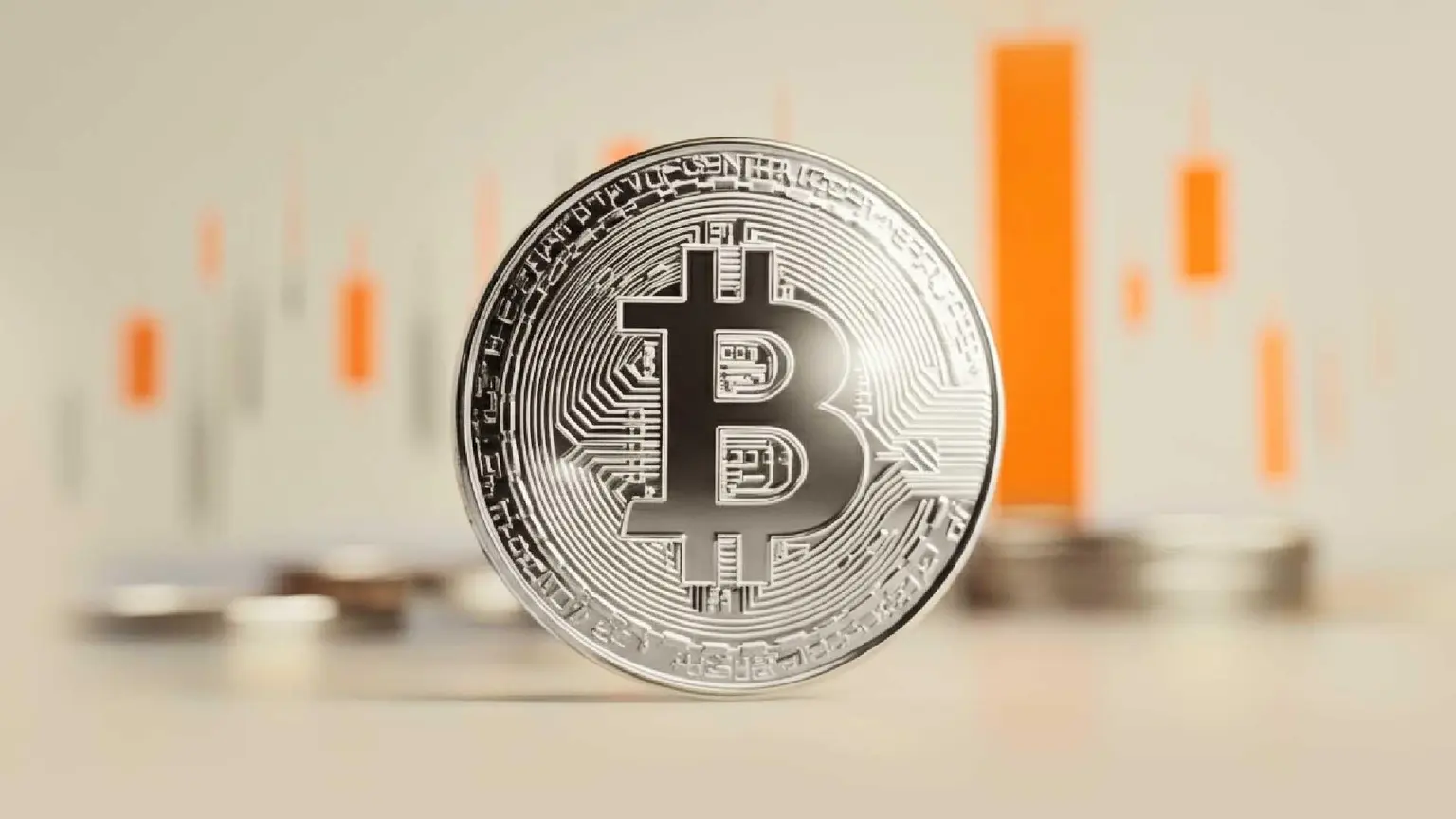What is VeChain? VET beginner’s guide

VeChain is a blockchain platform that aims to enhance supply chain management and business processes around the world. Established in 2015, VeChain is a company that leverages the power of its public blockchain VeChainThor to provide distributed ledger-based solutions for firms.
The blockchain aims to empower its individual members while committing to providing a stable and predictable transaction cost for users to facilitate a better financial service.
VeChain was founded in 2015 but the first version wasn’t launched until June 2016. Its main characteristics are: VeChain takes a very specialized approach to its development, designing a specific structure for the movement of goods and services across the supply chain. That makes VET a utility token. It has two token systems: VET, which funds the projects; and VTHO, which powers the blockchain. Blockchain technology records data without giving the option of being changed. That allows a truthful record of the conditions throughout the supply chain. It can be used to verify the authenticity of the items purchased, especially important for tackling fraud in the luxury goods sector.
- What is VeChain?
- What are VeChain tokens used for?
- Are VeChain and VeThor the same? VET vs. VeThor
- What are VeChain clauses?
- Who uses VeChain?
- Who are VeChain competitors?
- What are Vechain nodes?
- Which wallets support VeChain?
- Which platforms support VeChain?
- VeChain vs. Ethereum
What is VeChain?
VeChain aims to build a trust-free and distributed business ecosystem that allows for transparent information flow, efficient collaboration and high-speed value transfers.
VeChain was created as part of a Chinese-based blockchain-as-a-service company, BitSE. The blockchain platform is designed to be used by both small firms and large enterprises.
Founded in Singapore, the VeChain Foundation oversees the development, governance and advancement of the blockchain’s ecosystem.
According to the official VeChain whitepaper, real-world business applications that exist on the public blockchain have been tested and discussed with over 700 enterprises and implemented for over 100 fortune-level enterprises.
What are VeChain tokens used for?
The enterprise blockchain platform has two types of tokens, including the VeChain token (VET) as a value layer, and VeChain Thor Energy (VTHO) as its smart contract layer.
The VeChain token is used for financial transactions that occur on the public blockchain and acts as a crypto asset that can be traded on the open market.
Are VeChain and VeThor the same? VET vs. VeThor
The VeThor token is known as the “energy token” that is used to conduct transactions on the VeChainThor blockchain. Holders of the VET token can generate VTHO for use on the public blockchain.
VTHO is used to pay for writing data on the blockchain, where every transaction, including sending tokens or sending data to a smart contract requires payment in the VeThor token.
The amount of VTHO needed for a transaction depends on the size of the data being sent.
Both VET and VTHO tokens are essential for the VeChain ecosystem, which helps to separate the cost of using the blockchain from market speculation. The VeChain Foundation’s governance mechanism stabilizes the cost of transactions, and VTHO supply and demand are constantly monitored.
Since VET generates VTHO tokens, users who hold the VeChain token will earn VTHO, which could then be used to pay for transactions. Each VET will create 0.00000005 VTHO with every block that is generated, translating to a generation rate of 0.000432 VeThor each day.
Transaction fees on the VeChain blockchain remain relatively stable, compared to a system like Ethereum, which only has one coin.
What are VeChain clauses?
The clauses on the VeChain blockchain are a part of the transaction model. Each transaction on the VeChainThor blockchain contains a ChainTag, BlockRef, clauses, gas, gas price coefficient, TxNonce, expiration, DependsOn, reserved and signature.
While every transaction can contain multiple clauses, each clause contains “to,” “value” and “data” as fields that are used to kickstart different tasks, including payment or smart contracts. This allows the sender to use a single transaction to carry multiple tasks.
Clauses can contain any number of transactions bundled together. A specific address on the VeChain blockchain receiving the majority of clauses reportedly belongs to Walmart.
Who uses VeChain?
Walmart has been using VeChain’s technology for food tracking purposes. The company initially only used the blockchain to account for mushrooms sold by the retailer.
The Chinese arm of the American retailer announced in 2019 that it had teamed up with VeChain and PwC to launch a blockchain-based platform aimed to address food safety concerns in the country.
According to the official press release, VeChain is providing the blockchain technology needed for the Walmart Blockchain Traceability System. The announcement further stated that the traceability system will see “traceable fresh meat account for 50% of the total sales of packaged meat, traceable vegetables will account for 40% of the total sales of packaged vegetables, traceable seafood will account for 12.5% of the total sales of seafood by the end of 2020.”
This system will allow all parties involved to input data at specific points of the supply chain for greater visibility and trust. The smart contracts used by Walmart have been growing consistently since.
Since the blockchain platform was developed in China, VeChain has had a growing presence in the country. A few notable companies that have partnered with VeChain include IT consulting company National Research Consulting Center (NRCC), major Chinese real-estate developer Yida China, China Unicom, LVMH, BMW, Renault and many others.
Who are VeChain competitors?
One of VeChain’s largest competitors in the supply chain industry is Blockverify, a startup focusing on improving anti-counterfeit measures.
Other smaller firms also include Everledger, which tracks the provenance of luxury items, while reducing fraud and risks, and Origintrial, a blockchain-based data exchange protocol for interconnected supply chains.
A growing number of companies are focusing on solving supply chain-related issues and improving transparency in the industry. SyncFab is a company that uses blockchain to enable transparent order tracking and purchase order management. Provenance, a distributed ledger firm, is making information open and accessible along the supply chain at the point of sale.
What are Vechain nodes?
A VeChain node is created when a user starts to hold a certain amount of VET. Nodes on the VeChain network would be rewarded additional VTHO tokens for their contributions.
VeChain Thor uses a consensus mechanism known as proof of authority (PoA). There are two types of nodes on the VeChain network, authority nodes and economic nodes.
Authority nodes validate, group and add transactions on the blockchain. Authority nodes can become the validators on the network and require special hardware to support it.
To become an Authority Masternode who can verify and add transactions, users must stake a minimum of 25 million VET. Individuals who are interested in operating authority nodes need to apply and get approved prior to running the node.
Economic nodes play an essential role in stabilizing the VeChain ecosystem and do not require special hardware or application.
Which wallets support VeChain?
There is a wide range of wallets that support VeChain, including hardware wallets such as Ledger Nano X, KeepKey, Ledger Nano S and Trezor. Users can also choose to store VET on the VeChainThor wallet on desktop computers.
Atomic Wallet, a decentralized wallet platform for cryptocurrency trading also supports VET, as well as Trust Wallet, which is a mobile wallet for storage of the VeChain token.
Which platforms support VeChain?
Users can buy VET on popular cryptocurrency exchange platforms such as BitFinex, Binance, KuCoin, BitMart and many others. VeChain is one of the top 50 cryptocurrencies by market capitalization and is supported by many of the large exchanges.
VeChain vs. Ethereum
One of the largest differences between VeChain and Ethereum is the payment of transaction costs, gas. While the VeChainThor network has two types of tokens, VET for value and market speculation and VTHO for transaction fees, Ethereum only has one coin, ETH.
Ethereum gas fees are paid in ETH, the native currency of the blockchain, and due to the growing popularity and rising price of Ethereum, users have had to pay high gas fees. VeChain on the other hand solves this problem by having two separate tokens for different utilities.
Gas fees help to keep the blockchain network secure, as the requirement of a fee for every transaction executed on the network prevents actors from spamming.
While Ethereum is anticipating its transition to a proof-of-stake consensus algorithm, it currently runs on the same consensus mechanism as Bitcoin, known as mining or proof-of-work.
The potential for VET appreciation comes from a variety of mechanisms, including the fact that VTHO must be purchased from holders by businesses to utilize the blockchain. As the demand for VTHO increases, the return on investment on VET also rises.
Author

Sarah Tran
Independent Analyst
Sarah has closely followed the growth of blockchain technology and its adoption since 2016.




